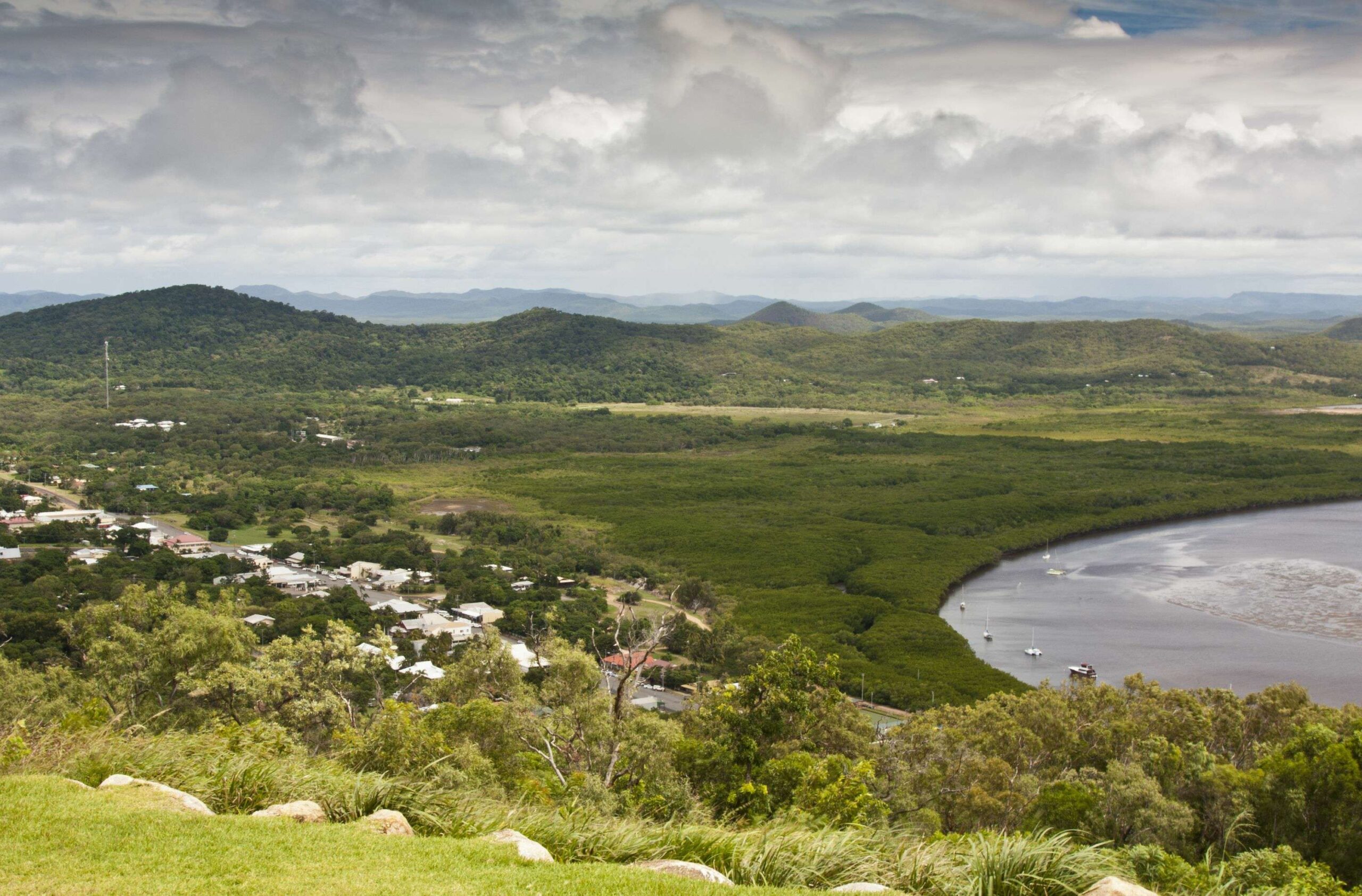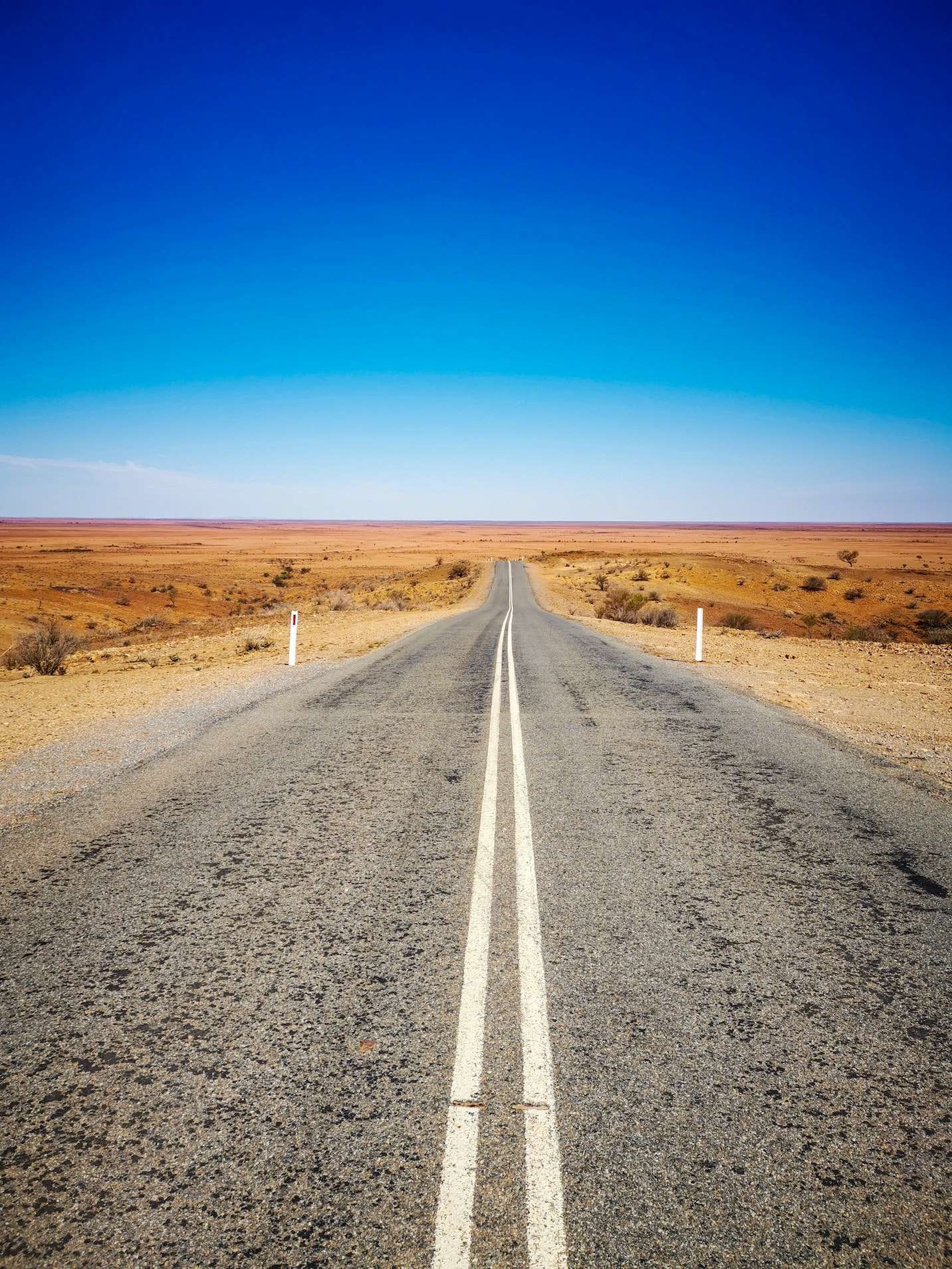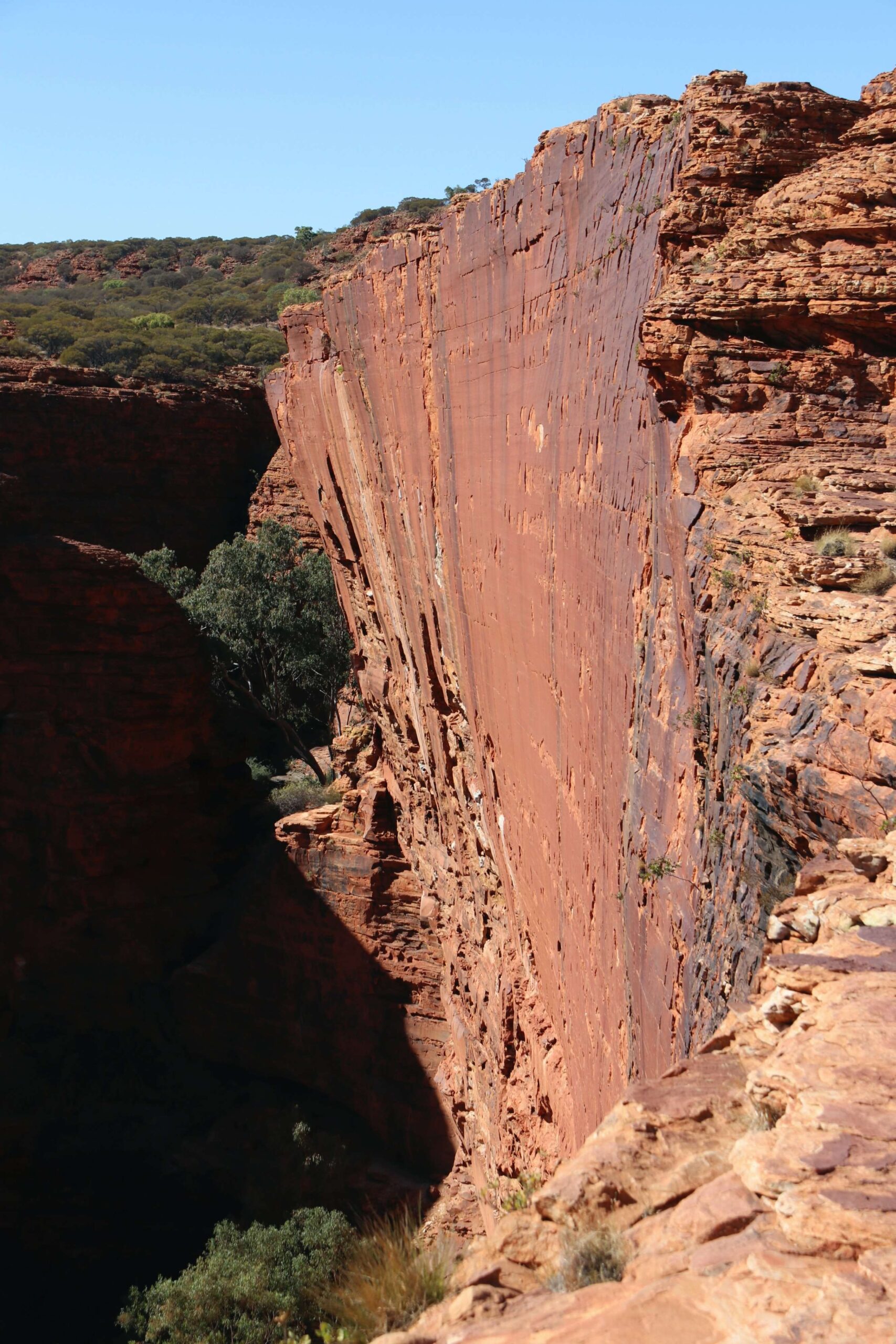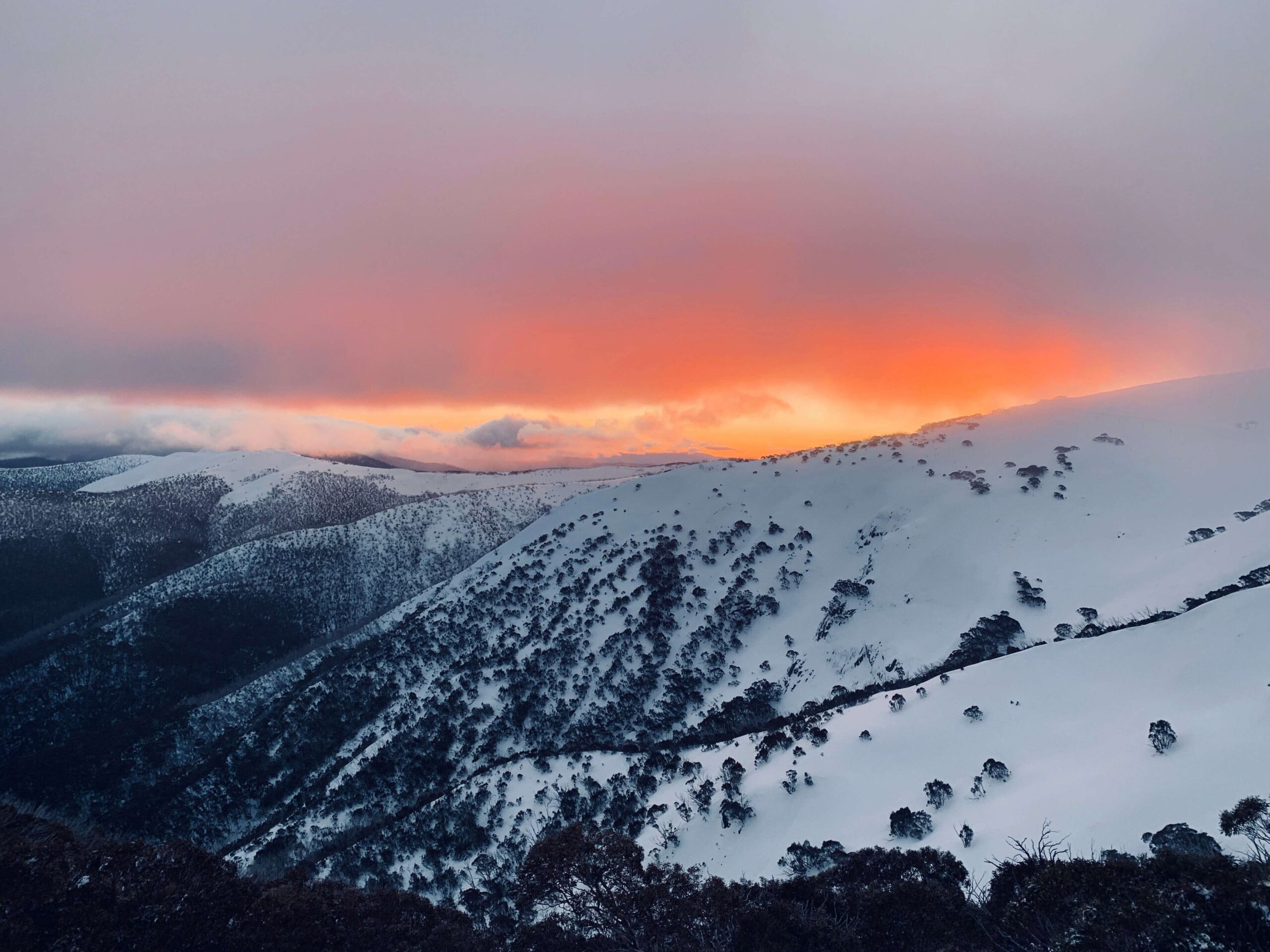RVTS CEO, Dr Pat Giddings, caught the Rural Medicine bug early in his career and hasn’t looked back – and 21 years after first taking the helm at RVTS.
He continues to be equally passionate about that too. Pat talked recently with Patrick Daley about his career and all things RVTS.

What was your path to becoming a rural doctor?
I went to high school in Melbourne and Canberra, but my early years were spent in regional Queensland and regional Victoria. This gave me a real feel for living in rural Australia and the special things I could do there – like sailing boats, fishing and riding bikes!
After finishing my intern years, I did some locums and worked as a doctor in the Victorian snowfields. I really went there for the skiing, but that got me hooked on Rural and Remote Medicine.
It was true rural and remote medical work with a lot of trauma, and I felt I was underdone with my skills. So I went back to Melbourne and did some more hospital-based training.
I then returned to the Victorian ski-fields and ended up working in Bright and Mt Hotham. I stayed in Bright for almost 20 years doing the full range of rural general practice, including surgery, emergency medicine and delivering babies. It was a lot of fun but also very challenging, as you can be quite isolated – especially in the early days prior to mobile phone technology.
How did you become interested in medical education?
The extra hospital training showed me how inadequately the system had prepared me for rural practice, so I realised how crucial good medical education is.
One of the game changers for me was the EMST course run by the Royal Australasian College of Surgeons. These courses are more commonplace now but in the 1990s it was all very new.
Working in a small town also meant I learnt many things from my colleagues.
But remote medical education would have been extremely useful to me – if RVTS had been around then I would have been an early adopter for sure!
How did you get involved in RVTS?
In 1999, a position came up for an Education Co-ordinator with the pilot RVTS program, which was being run by the RACGP. After a period of time working in my practice I was looking for something extra, so I applied.
The pilot RVTS wasn’t my idea, it was thought up by some visionary people like Dr Tom Doolan and Dr Sarah Strasser. I just happened to come along as the hired help. I ended up doing the job from my home in Bright.
At the time I started there were 11 registrars, mostly Australian-trained graduates and most of them in Queensland. We had a lot of fun and flew by the seat of our pants, but from a very early stage we could see it was working really well.
Have things changed much since RVTS’s early days?
Essentially the structure of our program is the same as it was when we started, but some things have developed and the technology has changed a bit.
Back then, the internet was pretty new and digital cameras were just coming into fashion – we gave everyone a digital camera so they could take photos in their practices and email them to the group – that was all very exciting! We’d also send teaching visitors out to the practices, which involved quite a bit of travel in light aircraft.
For many years now, RVTS has been an independent company. It started as a joint venture of ACRRM and RACGP, and we continue to have strong buy-in from the Colleges – they both have nominees on our Board.

What keeps you passionate about RVTS after 21 years at the helm?
It’s still fun and interesting, and we are getting great outcomes for our registrars, as well as for their communities – so that’s very gratifying. Everyone who works at RVTS can see that what we do is making a difference, and that’s pretty special.
How has the demographic of RVTS registrars changed over the years?
Really it’s a reflection of the demographics of the rural medical workforce and how that’s changed! When we started off, our registrars were around 85% Australian-trained graduates and around 15% International Medical Graduates, but now it’s the other way around.
We are still more likely to have IMGs recruited to communities with high medical workforce need; this has increased over time and I suspect it will continue to do so for many years.
Government investment in graduating more Australian-trained doctors doesn’t seem to be translating into more junior doctors working in rural or remote Australia, and there is plenty of modelling that shows we will continue to rely on the great service provided by IMGs in Australia for a long time. That is the reality.
What are some of the myths you hear about IMGs?
There’s a popular line of thinking that IMGs only stay in a rural area for a short time, and then get back to the city as soon as possible – but that hasn’t been our experience.
We’ve worked with incredible IMGs from diverse backgrounds, where working in a rural and remote setting is a different value proposition – there is a great life in rural Australia.
Many of our registrars fall in love with their community, and in turn the community embraces them.
We have numerous IMG registrars who have gone on to become long-term rural doctors.
A lot of the communities we deal with have been heavily reliant on locums, so if we can support a doctor who will stay for five years everyone wins!
Is there a role for RVTS to help recruit Australian-trained graduates to the bush?
Absolutely. While I may have sounded a little negative earlier on the prospect of getting Australian-trained doctors to go rural, there is a nucleus of these doctors who are enthusiastic about Rural and Remote Medicine.
Often it’s about tapping into graduates (including locums) who are working in the hospital system and are looking for a supported experience – they want to get their GP Fellowship through flexible training arrangements, do something that’s a bit different and a bit edgy, but at the same time have a safety net and be supported along the way.
We have been able to provide that through our Targeted Recruitment program – where we make GP training through RVTS part of the recruitment package for some communities with high medical workforce need.
This program has been very successful, and about half of the applicants for it have been Australian-trained graduates.
Numerous towns across Australia that have struggled to get a doctor now have one through this program; it’s almost been a renaissance.
And this success is being noticed by the Commonwealth?
Yes it has. In past years, we have mostly received funding on a two year basis, sometimes even year-by-year, but currently we have a more than three-year contract which is fantastic.
We’ve always had a great working relationship with the Commonwealth, and to be honest RVTS is not a hard sell – we continue to deliver great educational and workforce outcomes. But we do need to make sure we keep making the case.

Mundi Mundi Lookout, remote NSW (photo by Cassie Smart on Unsplash).
What about the next five to ten years – what will that hold for RVTS?
There are big changes coming to GP training with the move to College-led training. This is exciting, but there is a risk that the RVTS model could get lost in the mix.
For the next few years, until the new system is bedded in, we’ll continue doing the work that we do but we’ll be mindful of the broader horizon.
But even in a decade’s time, the need for remote training will still be there.
We have an ability to be flexible in our delivery of training – so the move to College-led training will be an opportunity for us to see how we can support the Colleges with their training outcomes by building on what we currently do.
Could there be an enhanced or expanded role for RVTS?
I see lots of opportunities given our expertise in training in Rural, Remote and First Nations health – that could mean supporting the Colleges in these areas of GP training, or providing other training opportunities for doctors in rural and remote or First Nations communities – there are numerous ways in which we could add to the mix.
What did COVID show RVTS about the way it can work?
We were well placed to adapt – we already had remote supervision and distance education in place – and we’ve learnt a lot of new skills, like using Zoom to full effect.
We’ll still run our big face-to-face events in the future, but I don’t think we’ll ever go back entirely to what we did before – some things are better suited to a virtual environment, because our registrars don’t have to travel and we can do online training more frequently.
We’ll be moving towards more of a hybrid model, where we can use our new skills to offer new products and new ways of delivering support.
It’s a pretty exciting time – I wish I was ten years younger!
Will the focus remain rural for RVTS though?
Yes, that’s our area and that’s where I’d like to see RVTS continue.
Our work a few years ago training doctors in Aboriginal Medical Services in urban locations like Redfern worked very well, but overall it’s about focusing on where we can make a real difference – and that’s in rural, remote and First Nations communities.
And while we need to grow a little bigger, we also need to keep the personalised approach – that feeling of belonging to the RVTS family – as that’s been a real strength of ours.
Obviously, too, technology continues to improve and that’s going to enable us to provide additional support as we get into our registrars’ consulting rooms. Increasingly, we will be able to sit ‘virtually’ alongside our registrars to provide even more support. Fitbit technology and personal health monitoring means there’s lots of health data coming on board in medical practice…and this will flow into medical education.

Canyon walls at Kings Canyon, Northern Territory (photo by Christian Bass on Unsplash).
Back when you were a junior doctor in Bright, was there a defining moment when you realised you were short on skills?
In the early days we used to see a lot of car accidents – so at our little hospital in Bright we’d get some fairly significant trauma coming in and that was pretty scary. I found that highly motivating to improve my skills.
The EMST course was just what I needed to transform my practice and level of comfort. We’re a lot better at training junior doctors for that now.
And it doesn’t just include emergency care, does it?
That’s right, it also includes things like care for chronic conditions and complex mental healthcare – and many other areas of Medicine that GPs face every day.
I find this myself when I do my days in general practice – it’s very challenging work when you are dealing with multiple chronic problems in a 15 minute consult! To be able to do this effectively you need the appropriate training.
The RVTS model of having a supervisor who can provide support is crucial. And while we often think of the supervisor-registrar relationship as being a teacher-student one, it’s not – it’s a partnership. Our supervisors get just as much out of it as our registrars.
On a personal level, are you still working clinically?
Yes I am. I’ve tried to always keep my clinical skills going. I think it is important in leading a medical organisation that you keep working at the coalface. It helps me relate more to what our registrars and supervisors are experiencing.
I work in a local Aboriginal Medical Service in Albury part-time as a GP, and up until earlier this year I had been working as a GP Obstetrician for decades, but I’ve just stopped doing on-call.
I also work as a Director of Medical Services for some small rural health services – that keeps me in touch with workforce issues and challenges.
What do you do outside your RVTS and clinical work?
I now live and work in Albury-Wodonga, which is a beautiful region – so my friends and I get out cycling as much as we can. That keeps me fit and is a complete escape from my medical work. Mix that in with some skiing over winter, and there is not much free time left!





